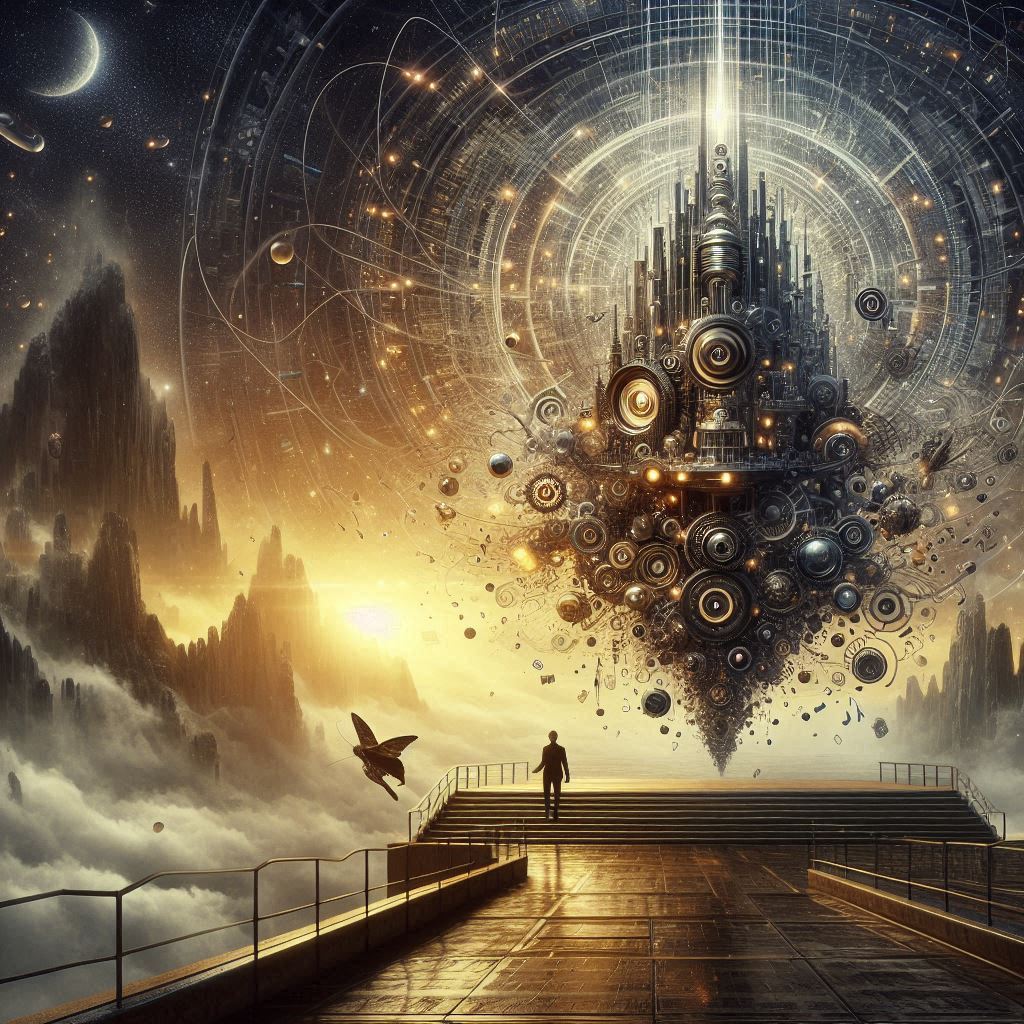In an era where nearly everything can be digitized, quantified, and monetized, music stands at a fascinating crossroads. What was once primarily valued as artistic expression has undergone a profound transformation in the digital age. Today’s music industry reveals a stark reality: music is no longer just art—it’s intellectual property, legacy, and leverage.
The IP Revolution
The concept of music as intellectual property isn’t new, but the scale and precision with which it’s now treated as such is unprecedented. Record labels and publishing companies have always sought to own and control musical works, but today’s landscape takes this to new heights.
Streaming platforms have effectively turned songs into data points—units of content to be algorithmically sorted, recommended, and monetized. The musical composition itself has become secondary to its ability to generate recurring revenue streams through complex licensing agreements and digital distribution models.
When major artists like Taylor Swift re-record their entire catalogs to regain control of their masters, they’re not just making an artistic statement—they’re engaging in high-stakes IP warfare. The value isn’t just in the melodies or lyrics; it’s in who controls the rights to exploit them across an ever-expanding universe of digital platforms.
The Legacy Business
The recent trend of artists selling their entire catalogs to investment firms represents perhaps the most literal transformation of music from art to asset. When Bob Dylan sells his songwriting catalog for reported hundreds of millions, or when private equity firms acquire the rights to decades of hit songs, we’re witnessing the commodification of cultural legacy.
These transactions reduce lifetimes of creative output to financial instruments—assets that can be leveraged, bundled, and exploited for maximum return. The actual music becomes almost secondary to its potential as a revenue-generating mechanism.
For established artists, their legacy is no longer primarily measured in cultural impact but in the dollar value their work can command in these massive portfolio acquisitions. Music has become a retirement plan, an investment vehicle, a tax strategy.
Leverage in the Digital Economy
For emerging artists, music has evolved into something equally transformative: leverage. In today’s creator economy, songs often serve as marketing tools for more lucrative endeavors—merchandise, brand partnerships, content creation deals.
The typical career path has inverted: instead of building a following to sell music, artists now use music to build followings they can monetize through other channels. A viral TikTok sound might be worth more as a gateway to influencer status than as a piece of music in its own right.
Success metrics have shifted from artistic merit to engagement statistics. Streams, followers, and viral moments have become the currency of the industry, with the actual compositions often serving merely as vehicles for acquiring these metrics.
What We’ve Lost
This transformation brings undeniable benefits—more pathways to financial stability for creators, greater access to music for listeners, and innovative business models that might not have existed in previous eras. But something fundamental has also been lost.
When music becomes primarily an asset class, the intangible qualities that made it meaningful—emotional resonance, cultural significance, artistic innovation—risk becoming secondary considerations. The question “Is this good?” gets replaced by “Will this perform well?”
The intimacy between artist and listener can become diluted when every creation is filtered through the lens of performance metrics and monetization strategies. The pure joy of creating and experiencing sound for its own sake becomes increasingly rare in a system optimized for different priorities.
Seeking Authenticity in the Margins
Perhaps this explains the simultaneous rise in seemingly contradictory trends: the explosive growth of AI-generated music alongside the resurgence of vinyl records and intimate live performances. As mainstream music becomes increasingly industrialized, both creators and listeners seek out spaces where music can still be experienced as art rather than asset.
Independent artists building direct relationships with fans, local scenes fostering community through shared musical experiences, and listeners willing to pay a premium for physical artifacts all represent a countercurrent to the prevailing tide of commodification.
Finding Balance
The challenge facing the music industry isn’t reversing digitization—that’s neither possible nor entirely desirable. Rather, it’s finding ways to preserve music’s artistic essence while navigating its new economic realities.
For artists, this might mean strategically embracing certain aspects of the digital landscape while carving out spaces where artistic integrity remains paramount. For industry players, it might mean developing business models that reward creative excellence alongside commercial viability. For listeners, it might mean being more conscious about how and where we consume music.
Music as IP, legacy, and leverage isn’t inherently wrong—these frameworks can create sustainable careers for artists and bring music to wider audiences. But when these considerations completely overshadow music’s foundational purpose as human expression, something precious is lost.
In the end, perhaps the most resilient path forward is one that acknowledges music’s dual nature in the digital age: both art and asset, expression and commodity, cultural touchstone and commercial product. The tension between these identities isn’t likely to resolve anytime soon, but in that tension lies the possibility for new forms of creativity and connection.
What do you think? Has the soul of music been irreversibly altered by these changes, or is this simply the latest evolution in music’s long history of adapting to technological and economic shifts? The answer might depend on where—and how intently—you’re listening.
Share your thoughts in the comments below. How has your relationship with music changed in the digital age?



